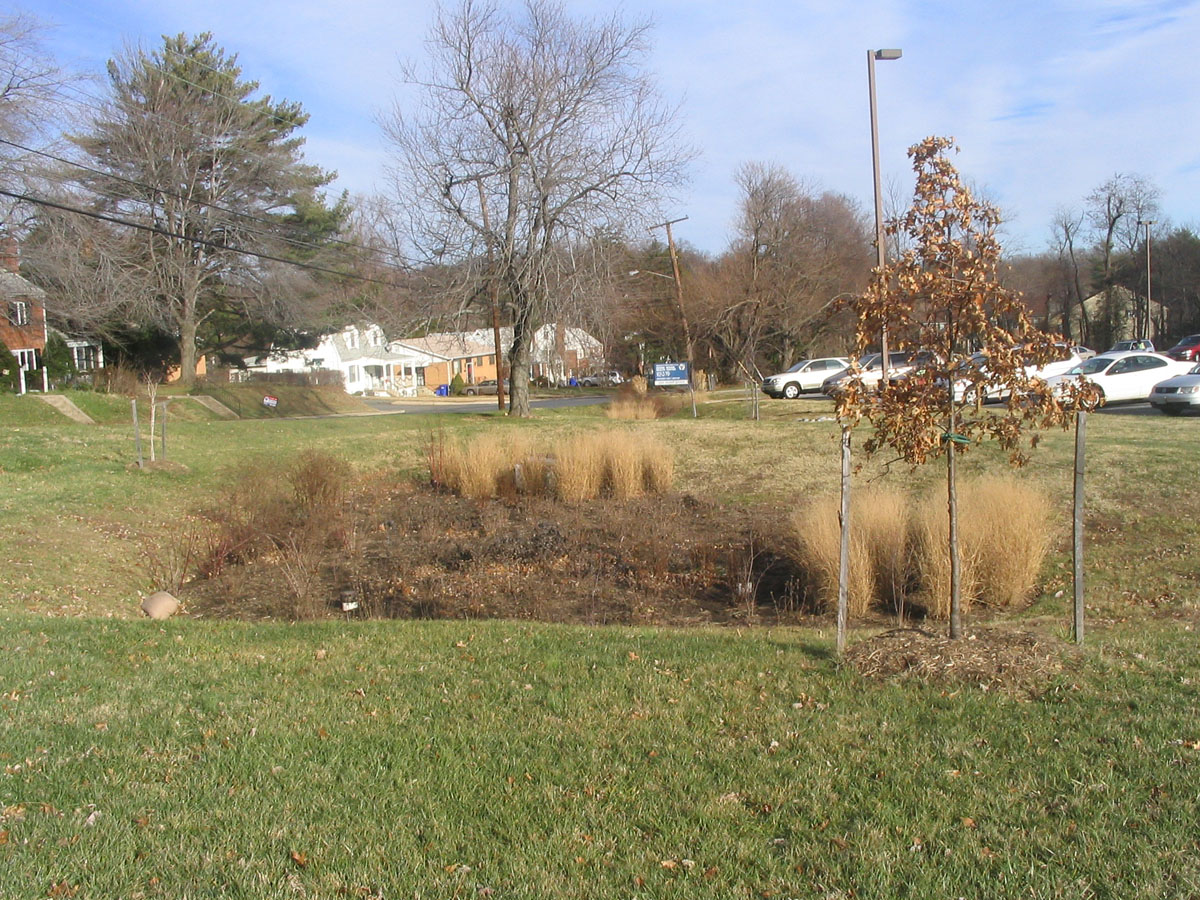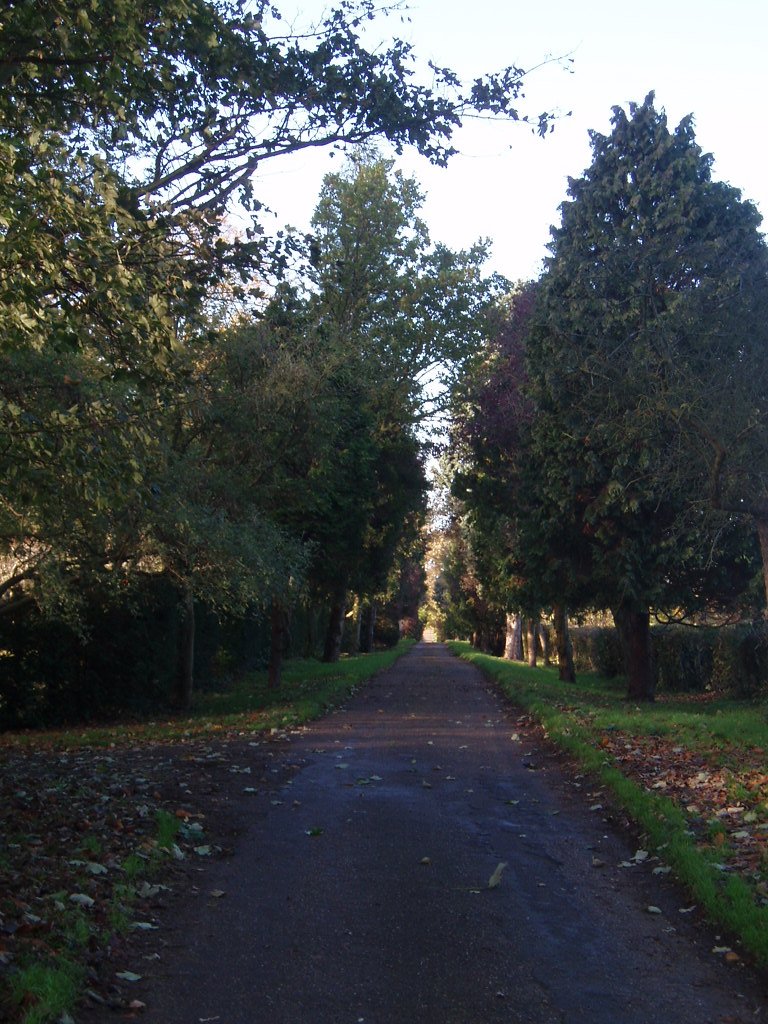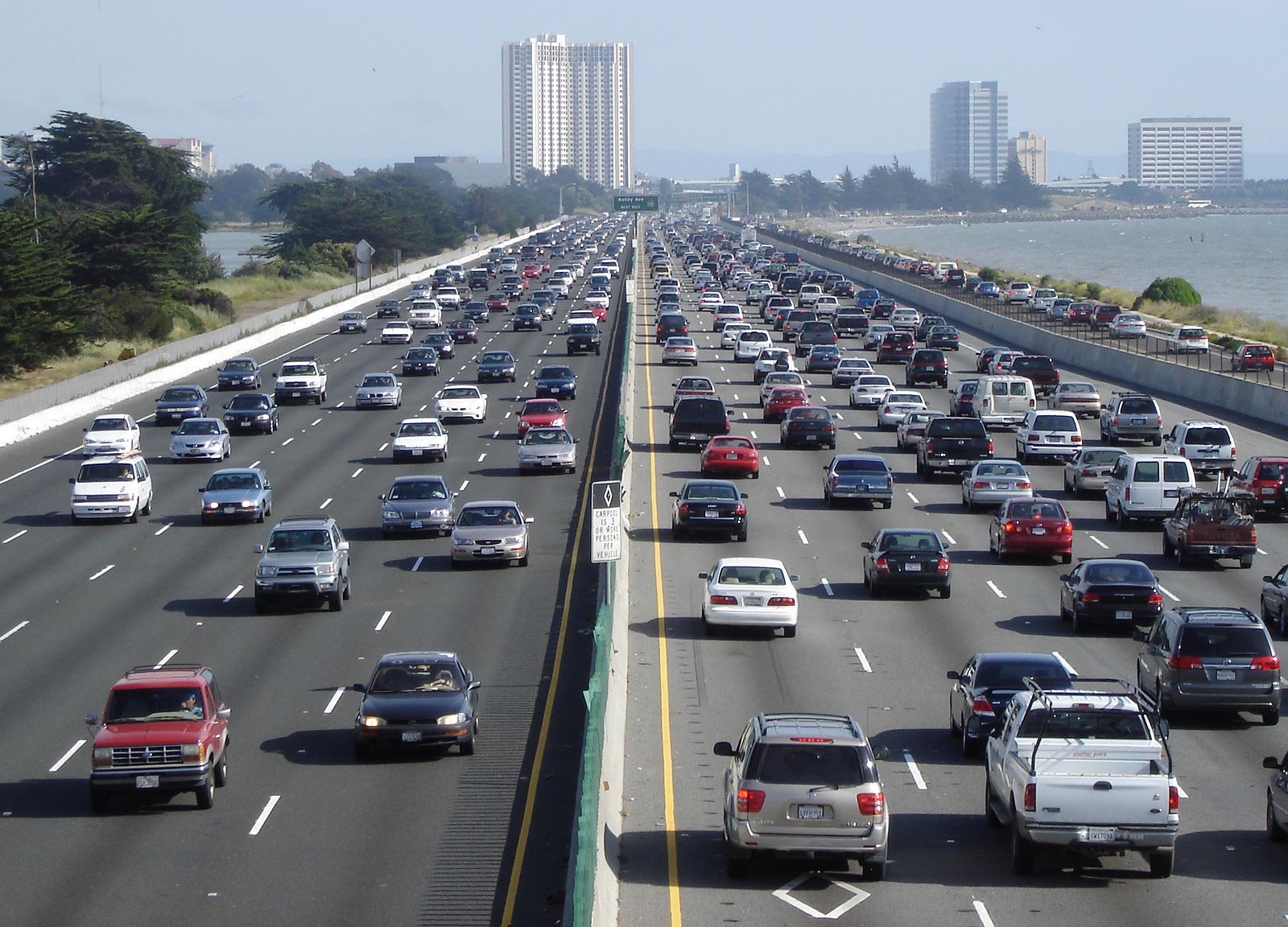|
Dropped Kerb
A curb cut (U.S.), curb ramp, depressed curb, dropped kerb ( UK), pram ramp, or kerb ramp (Australia) is a solid (usually concrete) ramp graded down from the top surface of a sidewalk to the surface of an adjoining street. It is designed primarily for pedestrian usage and commonly found in urban areas where pedestrian activity is expected. In comparison with a conventional curb (finished at a right angle above the street surface) a curb cut is finished at an intermediate gradient that connects both surfaces, sometimes with tactile paving. History Historically speaking, footpaths were finished at right angles to the street surface with conventional stepped curb treatments. Their introduction to help people pushing prams dates back at least as far as the 1930s in the UK. Kalamazoo, Michigan installed curb cuts in the 1940s as a pilot project introduced by veteran and lawyer Jack H. Fischer to aid employment of veterans with disabilities. A major project in Berkeley, California l ... [...More Info...] [...Related Items...] OR: [Wikipedia] [Google] [Baidu] |
Visual Impairment
Visual or vision impairment (VI or VIP) is the partial or total inability of visual perception. In the absence of treatment such as corrective eyewear, assistive devices, and medical treatment, visual impairment may cause the individual difficulties with normal daily tasks, including reading and walking. The terms ''low vision'' and ''blindness'' are often used for levels of impairment which are difficult or impossible to correct and significantly impact daily life. In addition to the various permanent conditions, fleeting temporary vision impairment, amaurosis fugax, may occur, and may indicate serious medical problems. The most common causes of visual impairment globally are uncorrected refractive errors (43%), cataracts (33%), and glaucoma (2%). Refractive errors include near-sightedness, far-sightedness, presbyopia, and astigmatism (eye), astigmatism. Cataracts are the most common cause of blindness. Other disorders that may cause visual problems include age-related macular ... [...More Info...] [...Related Items...] OR: [Wikipedia] [Google] [Baidu] |
Traction (engineering)
Traction, traction force or tractive force is a force used to generate Motion (physics), motion between a body and a tangential surface, through the use of either dry friction or shear force. It has important applications in vehicles, as in ''tractive effort''. ''Traction'' can also refer to the ''maximum'' tractive force between a body and a surface, as limited by available friction; when this is the case, traction is often expressed as the ratio of the maximum tractive force to the normal force and is termed the ''coefficient of traction'' (similar to coefficient of friction). It is the force which makes an object move over the surface by overcoming all the resisting forces like friction, normal loads (load acting on the tiers in negative ''Z'' axis), air resistance, rolling resistance, etc. Definitions Traction can be defined as: In vehicle dynamics, tractive force is closely related to the terms tractive effort and drawbar pull, though all three terms have different definit ... [...More Info...] [...Related Items...] OR: [Wikipedia] [Google] [Baidu] |
Concrete
Concrete is a composite material composed of aggregate bound together with a fluid cement that cures to a solid over time. It is the second-most-used substance (after water), the most–widely used building material, and the most-manufactured material in the world. When aggregate is mixed with dry Portland cement and water, the mixture forms a fluid slurry that can be poured and molded into shape. The cement reacts with the water through a process called hydration, which hardens it after several hours to form a solid matrix that binds the materials together into a durable stone-like material with various uses. This time allows concrete to not only be cast in forms, but also to have a variety of tooled processes performed. The hydration process is exothermic, which means that ambient temperature plays a significant role in how long it takes concrete to set. Often, additives (such as pozzolans or superplasticizers) are included in the mixture to improve the physical prop ... [...More Info...] [...Related Items...] OR: [Wikipedia] [Google] [Baidu] |
Grade (slope)
The grade (US) or gradient (UK) (also called stepth, slope, incline, mainfall, pitch or rise) of a physical feature, landform or constructed line is either the elevation angle of that surface to the horizontal plane, horizontal or its tangent. It is a special case of the slope, where zero indicates horizontal plane, horizontality. A larger number indicates higher or steeper degree of "tilt". Often slope is calculated as a ratio of "rise" to "run", or as a fraction ("rise over run") in which ''run'' is the horizontal distance (not the distance along the slope) and ''rise'' is the vertical distance. Slopes of existing physical features such as canyons and hillsides, bank (geography), stream and river banks, and stream bed, beds are often described as grades, but typically the word "grade" is used for human-made surfaces such as roads, landscape grading, roof pitches, rail tracks, railroads, aqueduct (watercourse), aqueducts, and pedestrian or bicycle routes. The grade may refer to ... [...More Info...] [...Related Items...] OR: [Wikipedia] [Google] [Baidu] |
Rain Garden
Rain gardens, also called bioretention facilities, are one of a variety of practices designed to increase rain runoff reabsorption by the soil. They can also be used to treat polluted stormwater runoff. Rain gardens are designed landscape sites that reduce the flow rate, total quantity, and pollutant load of runoff from impervious urban areas like roofs, driveways, walkways, parking lots, and compacted lawn areas. Rain gardens rely on plants and natural or engineered soil medium to retain stormwater and increase the lag time of infiltration, while remediating and filtering pollutants carried by urban runoff. Rain gardens provide a method to reuse and optimize any rain that falls, reducing or avoiding the need for additional irrigation. A benefit of planting rain gardens is the consequential decrease in ambient air and water temperature, a mitigation that is especially effective in urban areas containing an abundance of impervious surfaces that absorb heat in a phenomenon know ... [...More Info...] [...Related Items...] OR: [Wikipedia] [Google] [Baidu] |
Best Management Practice For Water Pollution
Best management practices (BMPs) is a term used in the United States and Canada to describe a type of water pollution control. Historically the term has referred to auxiliary pollution controls in the fields of industrial wastewater treatment, industrial wastewater control and sewage treatment, municipal sewage control, while in stormwater management (both urban and rural) and wetland management, BMPs may refer to a principal control or treatment technique as well. Terminology Beginning in the 20th century, designers of industrial and municipal sewage pollution controls typically utilized sewage treatment, engineered systems (e.g. Trickling filter, filters, clarifiers, Bioreactor, biological reactors) to provide the central components of pollution control systems, and used the term "BMPs" to describe the supporting functions for these systems, such as operator training and equipment maintenance. Stormwater management, as a specialized area within the field of environmental engine ... [...More Info...] [...Related Items...] OR: [Wikipedia] [Google] [Baidu] |
Water Bar
Water is an inorganic compound with the chemical formula . It is a transparent, tasteless, odorless, and nearly colorless chemical substance. It is the main constituent of Earth's hydrosphere and the fluids of all known living organisms (in which it acts as a solvent). It is vital for all known forms of life, despite not providing food energy or organic micronutrients. Its chemical formula, , indicates that each of its molecules contains one oxygen and two hydrogen atoms, connected by covalent bonds. The hydrogen atoms are attached to the oxygen atom at an angle of 104.45°. In liquid form, is also called "water" at standard temperature and pressure. Because Earth's environment is relatively close to water's triple point, water exists on Earth as a solid, a liquid, and a gas. It forms precipitation in the form of rain and aerosols in the form of fog. Clouds consist of suspended droplets of water and ice, its solid state. When finely divided, crystalline ice may precipitat ... [...More Info...] [...Related Items...] OR: [Wikipedia] [Google] [Baidu] |
Parking Lot
A parking lot or car park (British English), also known as a car lot, is a cleared area intended for parking vehicles. The term usually refers to an area dedicated only for parking, with a durable or semi-durable surface. In most jurisdictions where cars are the dominant mode of transportation, parking lots are a major feature of cities and suburban areas. Shopping malls, sports stadiums, and other similar venues often have immense parking lots. (See also: multistorey car park) Parking lots tend to be sources of water pollution because of their extensive impervious surfaces, and because most have limited or no facilities to control runoff. Many areas today also require minimum landscaping in parking lots to provide shade and help mitigate the extent to which their paved surfaces contribute to heat islands. Many municipalities require a minimum numbers of parking spaces for buildings such as stores (by floor area) and apartment complexes (by number of bedrooms). In th ... [...More Info...] [...Related Items...] OR: [Wikipedia] [Google] [Baidu] |
Driveway
A driveway (also called ''drive'' in UK English) is a private road for local access to one or a small group of structures owned and maintained by an individual or group. Driveways rarely have traffic lights, but some may if they handle heavy traffic, especially those leading to commercial businesses or parks. Driveways may be designed and decorated in ways that public roads cannot because of their lighter traffic and the willingness of owners to invest in their construction. Driveways are not resurfaced, cleared of snow, or maintained by governments. They are generally designed to conform to the architecture, standards, and landscaping of connected houses or other buildings. Some materials used for driveways include concrete, decorative brick, cobblestone, block paving, asphalt, gravel, resin-bound paving, and decomposed granite. These materials may be surrounded with grass or other ground-cover plants. Driveways are commonly used as paths to private garages, carports, o ... [...More Info...] [...Related Items...] OR: [Wikipedia] [Google] [Baidu] |
Motor Vehicle
A motor vehicle, also known as a motorized vehicle, automotive vehicle, automobile, or road vehicle, is a self-propelled land vehicle, commonly wheeled, that does not operate on railway track, rails (such as trains or trams), does not fly (such as airplanes or helicopters), does not float on water (such as boats or ships), and is used for the transportation of people or cargo. The propulsion#Vehicular propulsion, vehicle propulsion is provided by an engine, engine or motor, usually a gasoline engine, gasoline/diesel engine, diesel internal combustion engine or an electric motor, electric traction motor, or some hybrid vehicle drivetrain, combination of the two as in hybrid electric vehicles and plug-in hybrid vehicles. For legal purpose, motor vehicles are often identified within a number of vehicle classes including cars, buses, motorcycles, off-road vehicles, light trucks and regular trucks. These classifications vary according to the legal codes of each country. Internationa ... [...More Info...] [...Related Items...] OR: [Wikipedia] [Google] [Baidu] |
Cyclist
Cycling, also known as bicycling or biking, is the activity of riding a bicycle or other types of pedal-driven human-powered vehicles such as balance bikes, unicycles, tricycles, and quadricycles. Cycling is practised around the world for purposes including transport, recreation, exercise, and competitive sport. History Cycling became popularized in Europe and North America in the latter part and especially the last decade of the 19th century. Today, over 50 percent of the human population knows how to ride a bike. War The bicycle has been used as a method of reconnaissance as well as transporting soldiers and supplies to combat zones. In this it has taken over many of the functions of horses in warfare. In the Second Boer War, both sides used bicycles for scouting. In World War I, France, Germany, Australia and New Zealand used bicycles to move troops. In its 1937 invasion of China, Japan employed some 50,000 bicycle troops, and similar forces were instrumental in ... [...More Info...] [...Related Items...] OR: [Wikipedia] [Google] [Baidu] |






